The celebrated Mr. K pays a birthday salute to a Golden Age great…
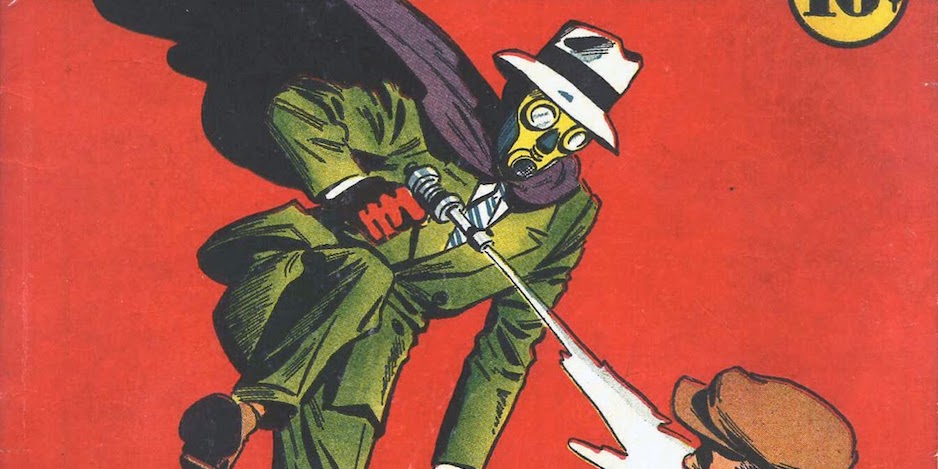
By PAUL KUPPERBERG
Creig Flessel (February 2, 1912 – July 17, 2008) was a pulp illustrator turned comic book artist in the very earliest days of the business by answering a newspaper help-wanted ad. Hired by industry pioneer Major Malcolm Wheeler-Nicholson at National Allied Publications (a forerunner of DC Comics), his first story was a two-page feature in More Fun Comics #10 (May 1936).
He would go on to provide numerous stories and covers for early comics, including Detective Comics, as well as for the ashcan edition of Action Comics #1. He created the Shining Knight in Adventure Comics and would eventually extend his career into newspaper strips and magazine illustrations, including for Playboy. He was also the co-author/illustrator of Draw 50 People with Lee J. Ames.
In 1993, I was a guest at the Kansas City Comic Con with Creig Flessel and had been asked by the show runners to present their guest of honor with a Lifetime Achievement Award. What follows are the remarks I made at the presentation — combined, of course, with MY 13 FAVORITE CREIG FLESSEL COVERS:
—
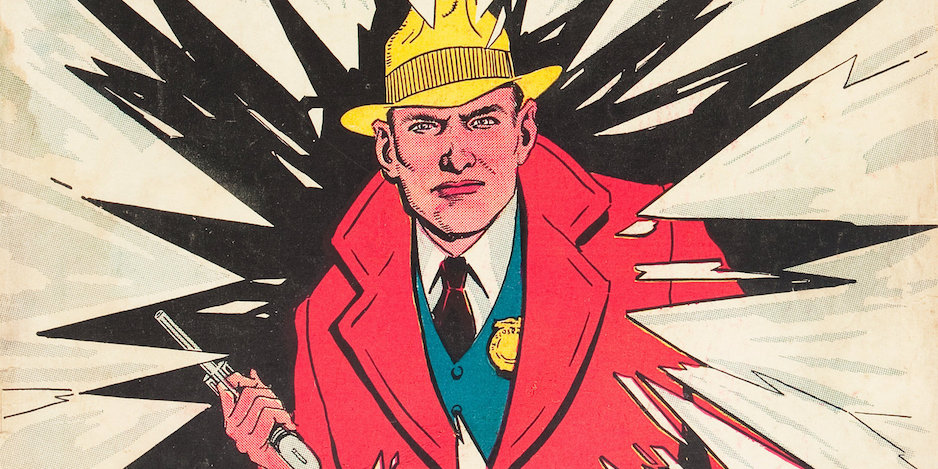
Some things are just plain obvious.
For instance, back when I first started reading comics, I would go to this used book and comic shop in Brooklyn to feed my habit on pretty much a weekly basis. This place carried used comics by the ton, comics that could be had for 10 cents and up. But the real treasures, the Golden Age and ECs, the expensive stuff, were kept in a glass showcase at the front of the store. I couldn’t afford these treasures, of course (even though the comics that go for tens of thousands today were available for mere tens of dollars in those days), but to a 12- or 13-year-old on a fixed income of allowance and after-school jobs, 20 or 30 bucks then might as well have been 10,000.
But even if I couldn’t afford to own them, I was allowed to look at those treasures, and one of the things I remember are the covers. Especially the good ones, obviously. One of the artists behind a lot of those covers was a man named Creig Flessel.
The Golden Age was the formative years of the comics industry, and like the developmental stages of any person or art form, there were, obviously, growing pains. A lot of this art form’s early stuff was pretty crude, often written and drawn by creators with more heart than ability, so even the good ones managed to stand out. And the great ones were like shining beacons, thrilling their readers, and alerting the coming generation of creators to the potential of this new medium.
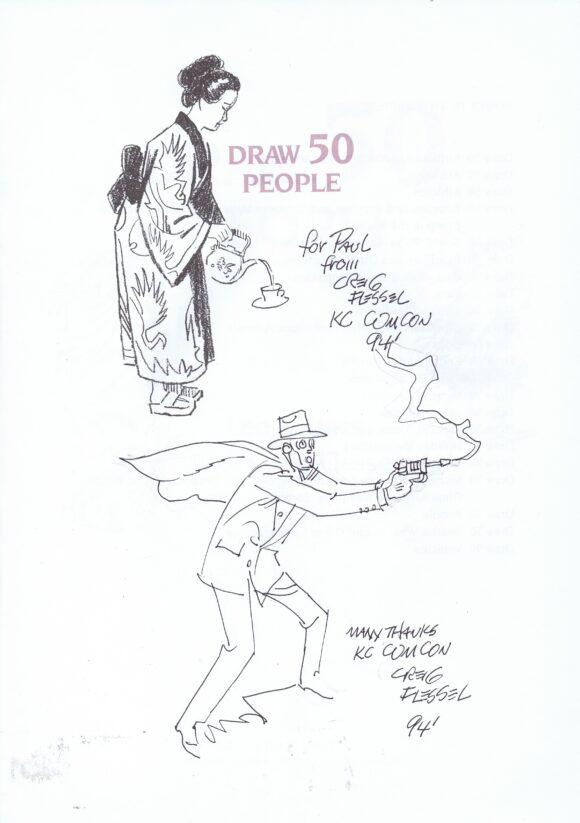
Creig presented this Sandman illo on the title page of the book Draw 50 People to me the day after I gave him the award mentioned here.
Creig Flessel was one of those beacons. He began his professional career in the mid-30s as an illustrator for the Street and Smith pulp magazines before moving to DC Comics in 1936. His amazing covers graced many early DCs, such as Adventure Comics, More Fun Comics, and Detective Comics.
Flessel’s work was alive, his characters warm and breathing on those glossy four-color covers. If you don’t believe me, see if you can locate a copy of Adventure Comics #44, wherein a very surprised Sandman is caught in the act before an open safe when the lights come on. Or Adventure #46, with Sandman leaping over a fence to blast a different thug with his gas gun. Or, one of my all-time favorites, the cover of Detective Comics #15, featuring a top hatted jewel thief, the mirror behind his head showing the reflection of the two cops entering the room with guns drawn.
Creig’s work also appeared on the inside of comics, writing, drawing, and/or coloring such features as Speed Saunders, The Bradley Boys, Pep Morgan, the Shining Knight, and, of course, the original Sandman. He went on to assist on syndicated strips, such as Dixie Dugan and L’il Abner, worked in advertising for clients like Ralston, Royal Crown, Campbell’s, General Foods, and Bulova, and was a regular contributor of both covers and comic strips for Boys’ Life.
Creig Flessel is an illustrator, a first-rate artist with an eye for detail and a delicate, masterly ability with brush and pen.
Creig Flessel was one of those bright lights of the Golden Age and now, almost 60 years since he first put that brush and pen to paper to create some of the most memorable images of his time, we’re here to honor him, to let him know that we remember him and his contributions to comics.
As I said, some things are just plain obvious. And it’s obvious that there are fewer people more deserving of receiving the Kansas City Comic Convention’s Lifetime Achievement Award than this year’s recipient, Creig Flessel.
—
Detective Comics #2 (April 1937)
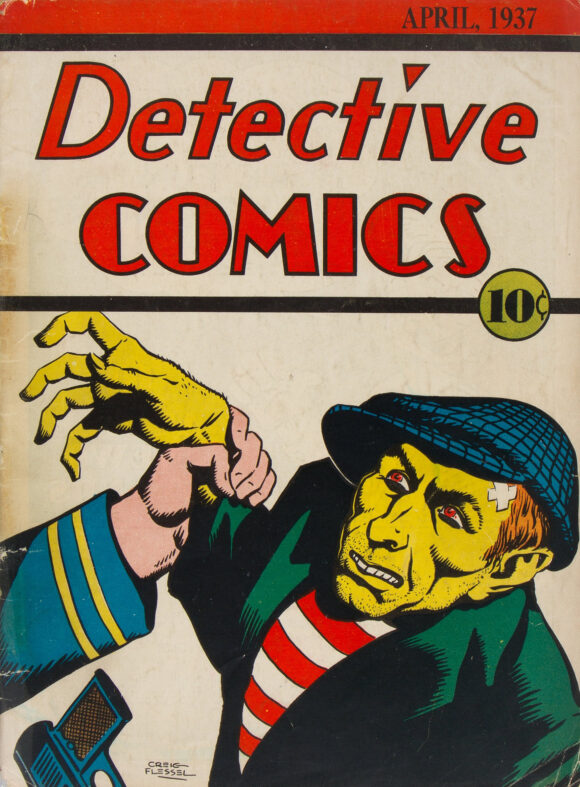
—
Detective Comics #4 (June 1937)
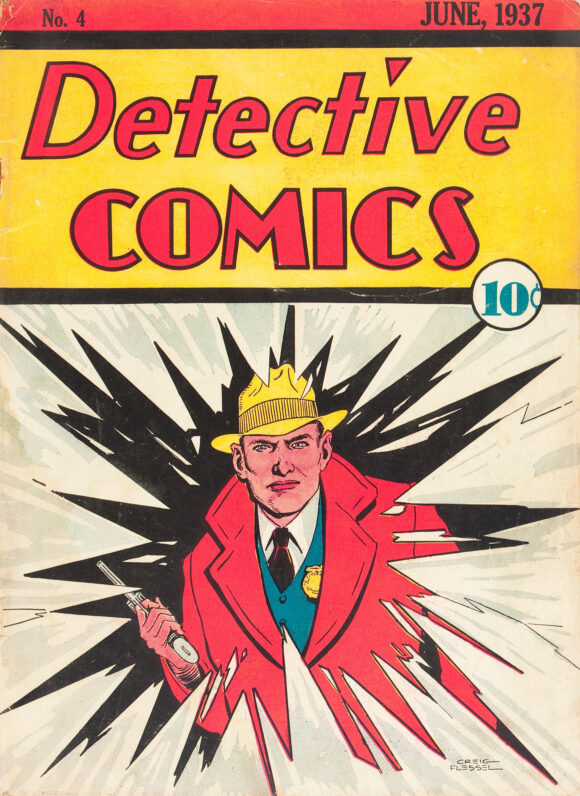
—
New Adventure Comics #21 (November 1937)
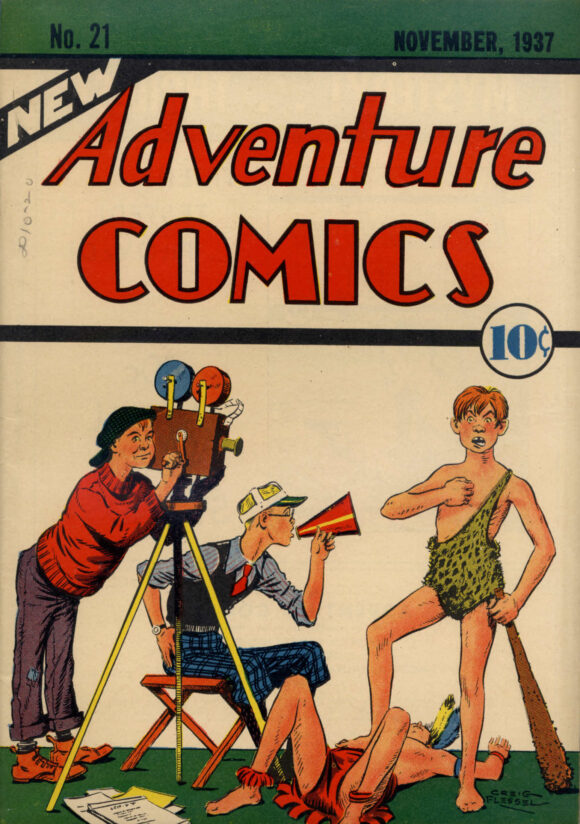
—
Action Comics #1 Ashcan (1938)
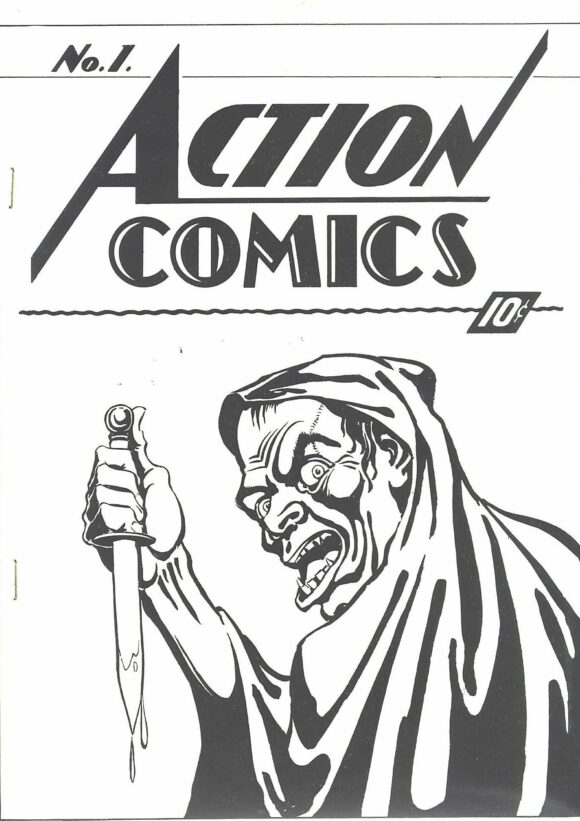
—
Detective Comics #11 (January 1938)
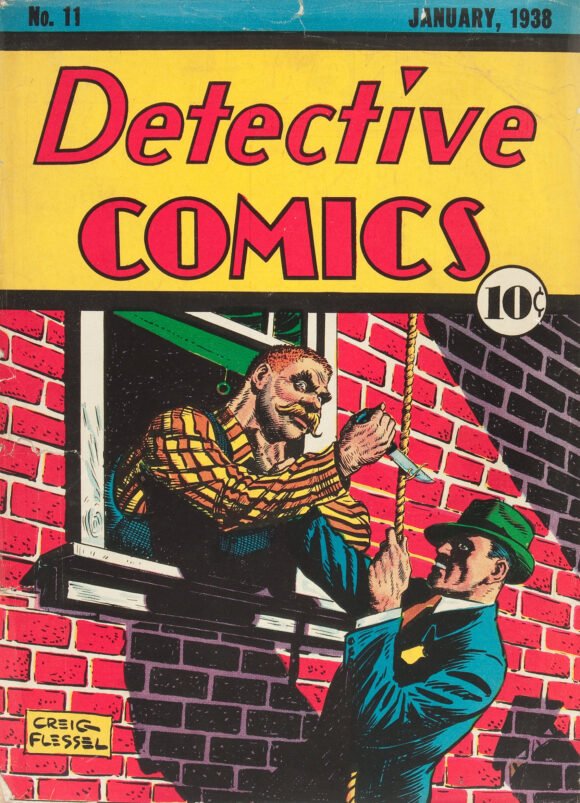
—
Detective Comics #13 (March 1938)
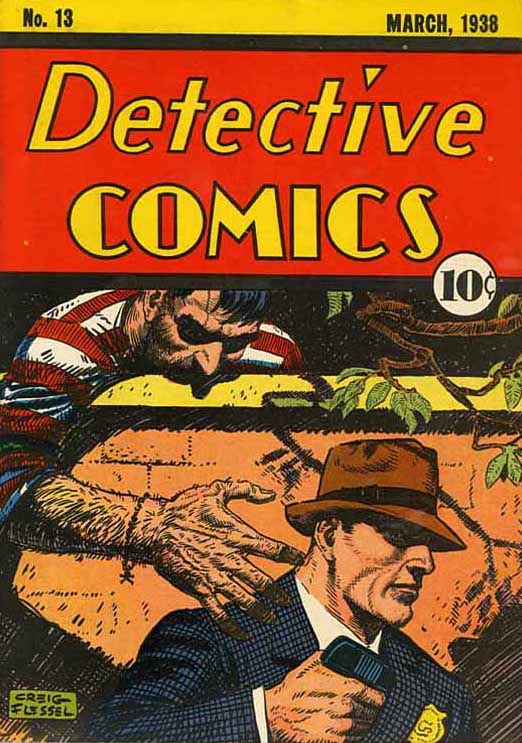
—
Detective Comics #15 (May 1938)
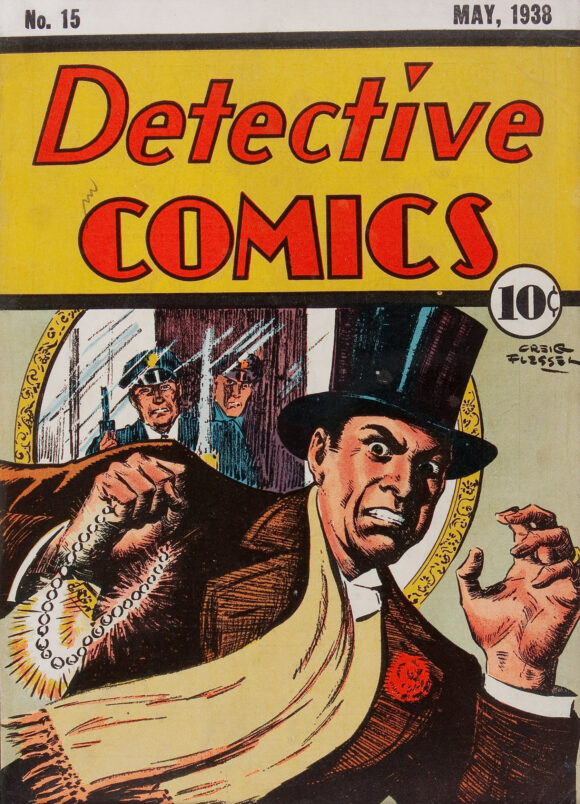
—
More Fun Comics #44 (June 1939)
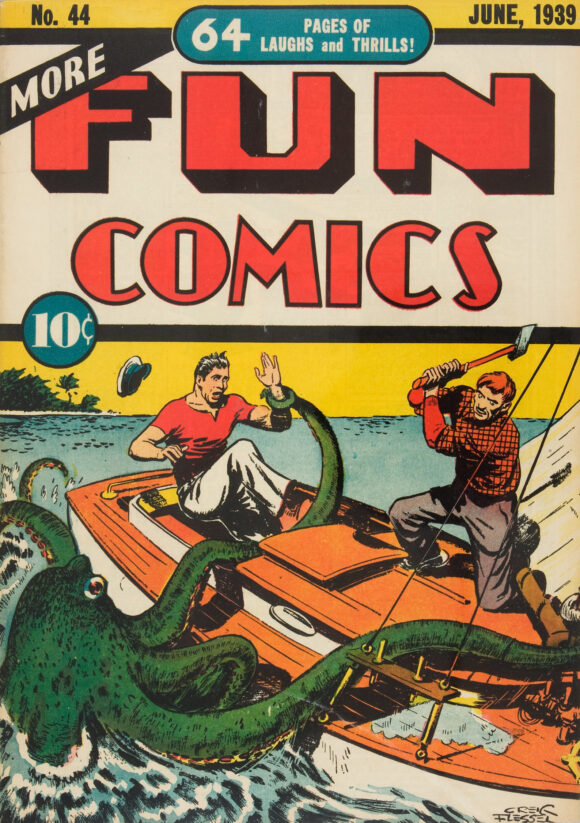
—
More Fun Comics #46 (August 1939)
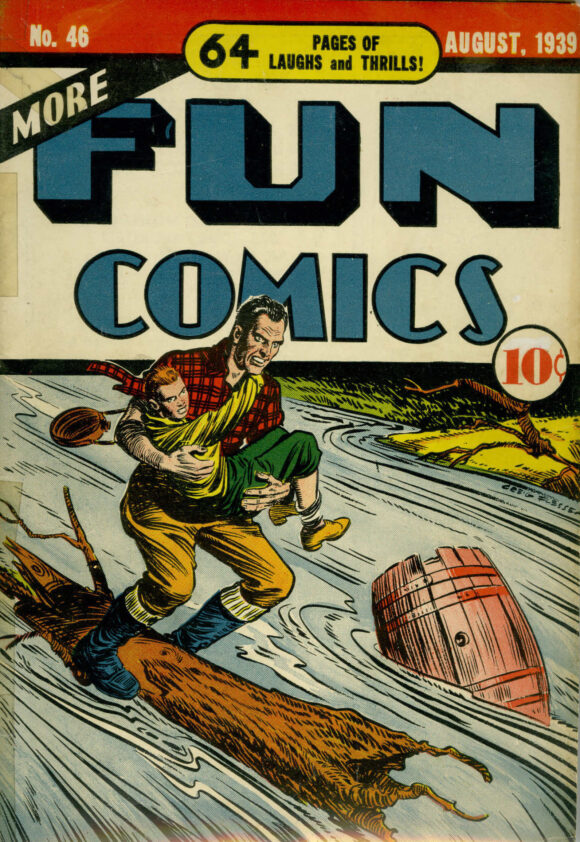
—
Adventure Comics #44 (November 1939)
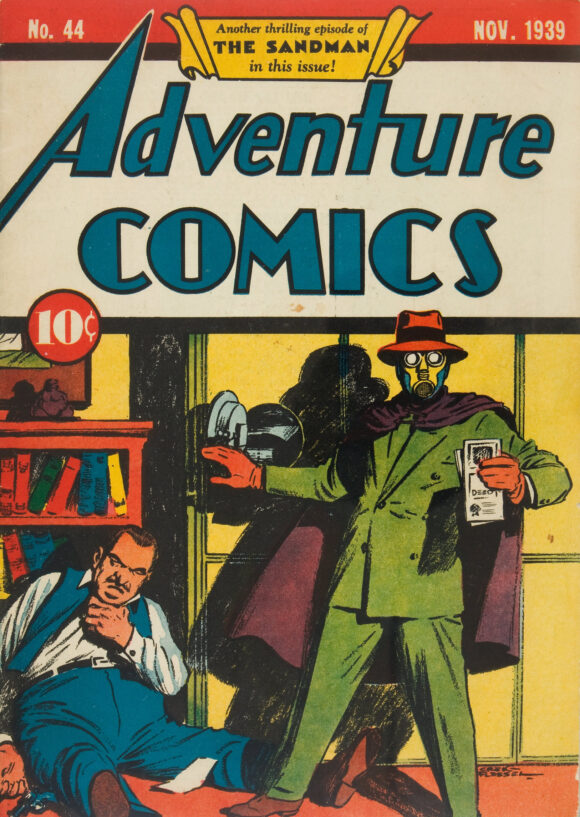
—
Adventure Comics #46 (January 1940)
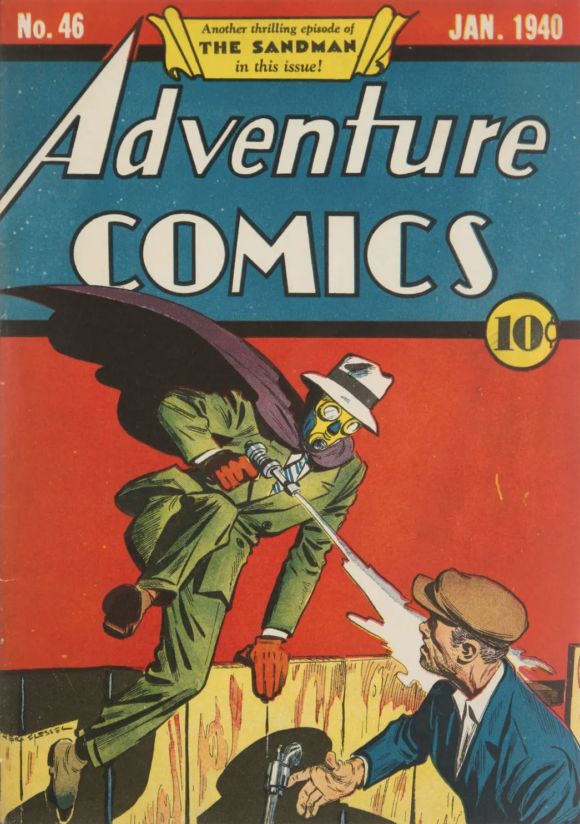
—
Champion Sports #2 (December 1973 – January 1974)
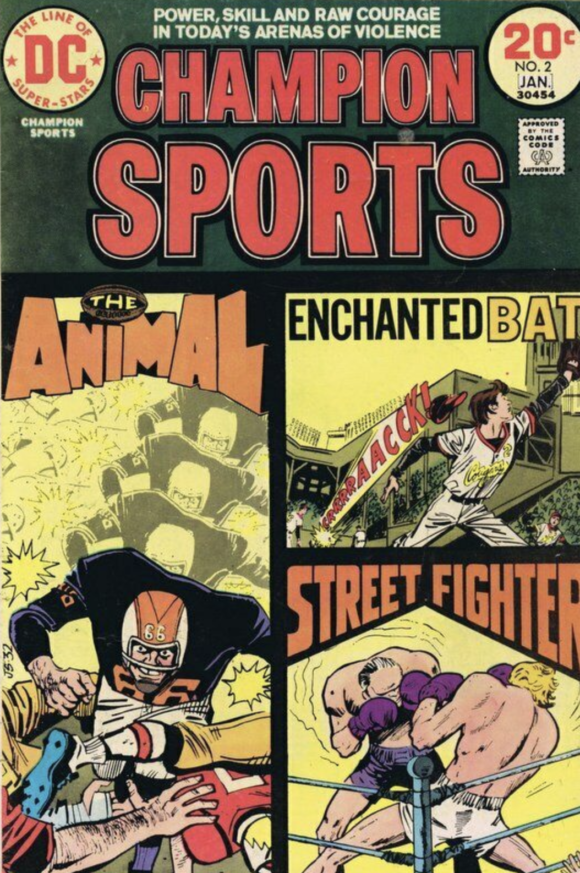
—
Young Romance #206 (August 1975)
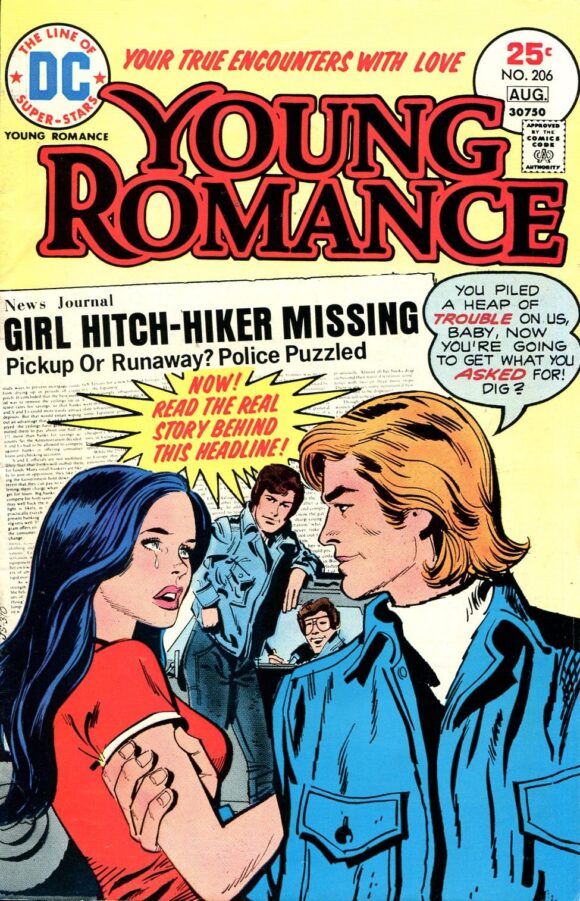
—
MORE
— PAUL KUPPERBERG: My 13 Favorite COMIC BOOK HISTORIES AND BIOGRAPHIES. Click here.
— PAUL KUPPERBERG: My 13 Favorite Books on MAKING COMICS. Click here.
—
Sure, you know Paul Kupperberg as the prolific writer of over a thousand comic books for such characters and series as Superman, Aquaman, Doom Patrol, Vigilante, Life with Archie, Bart Simpson, Scooby-Doo, and dozens more for DC Comics, Archie Comics, Bongo Comics, and others, and that he is also the creator of the series Arion, Lord of Atlantis, Checkmate and Takion, and is a former editor for DC, Weekly World News, and WWE Kids Magazine. But Paul is also the author of numerous books, including the superhero novel JSA: Ragnarok and the comics industry-based murder mystery, The Same Old Story, not to mention (but we will anyway) Paul Kupperberg’s Illustrated Guide to Writing Comics, I Never Write for the Money, But I Always Turn in the Manuscript for a Check, Direct Comments: Comic Book Creators in their Own Words, The Unpublished Comic Book Scripts of Paul Kupperberg and Son of the Unpublished Comic Book Scripts of Paul Kupperberg. You can follow Paul at PaulKupperberg.com and at Crazy8Press.com.
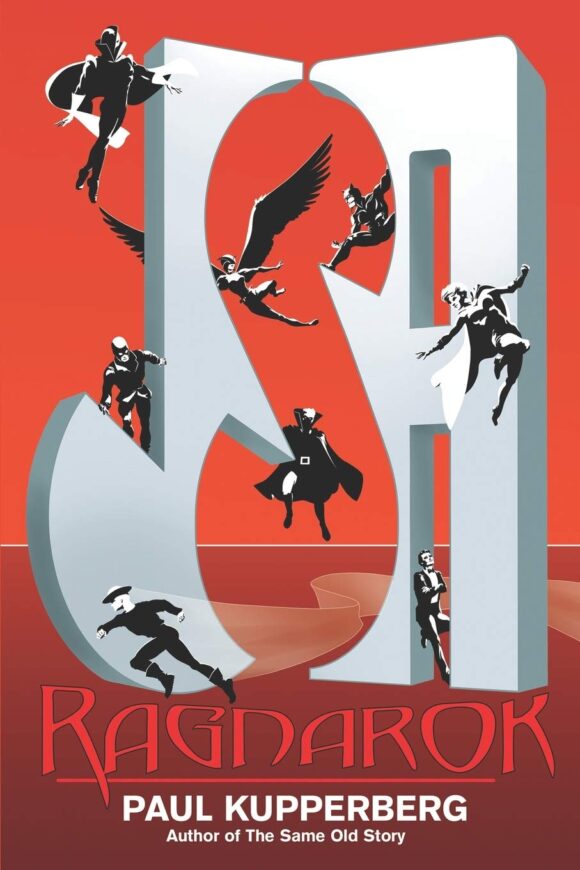

February 2, 2022
I recognize the issue #46 of Adventure. Classic. But, what is the “ash can” issue? I’m not familiar with that term.
February 3, 2022
ashcan’s were used to secure the trademark on the title